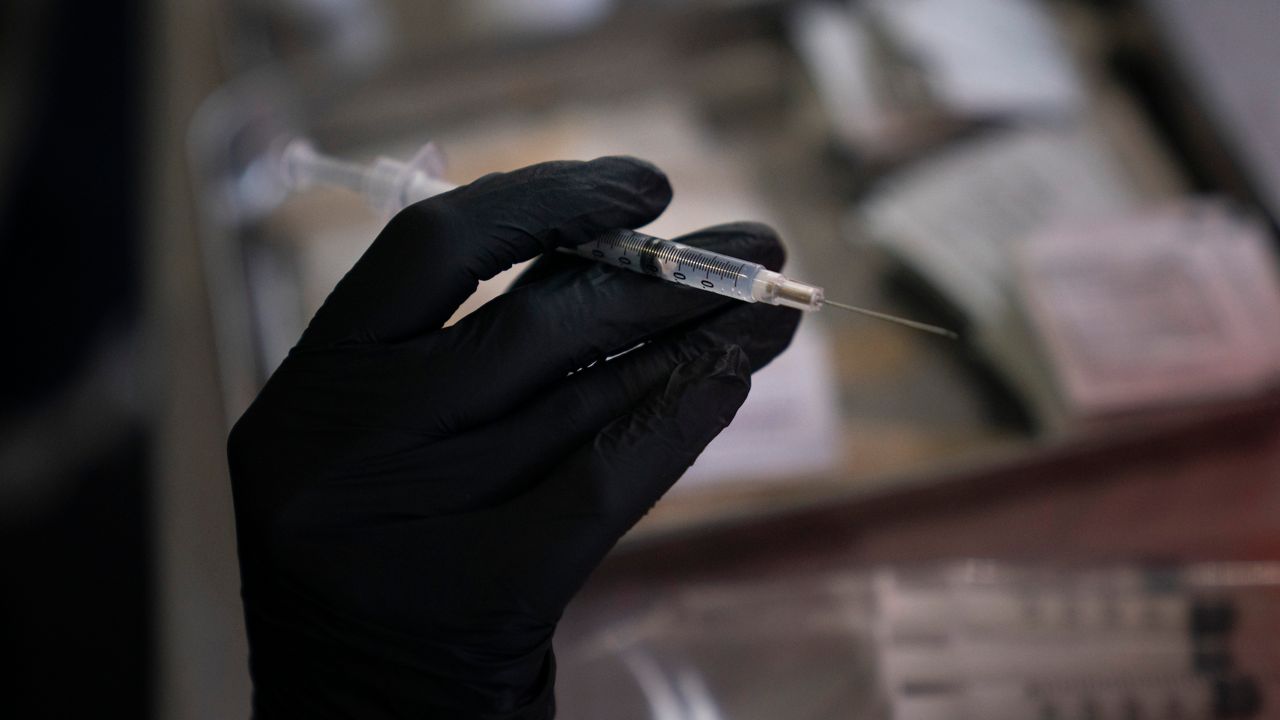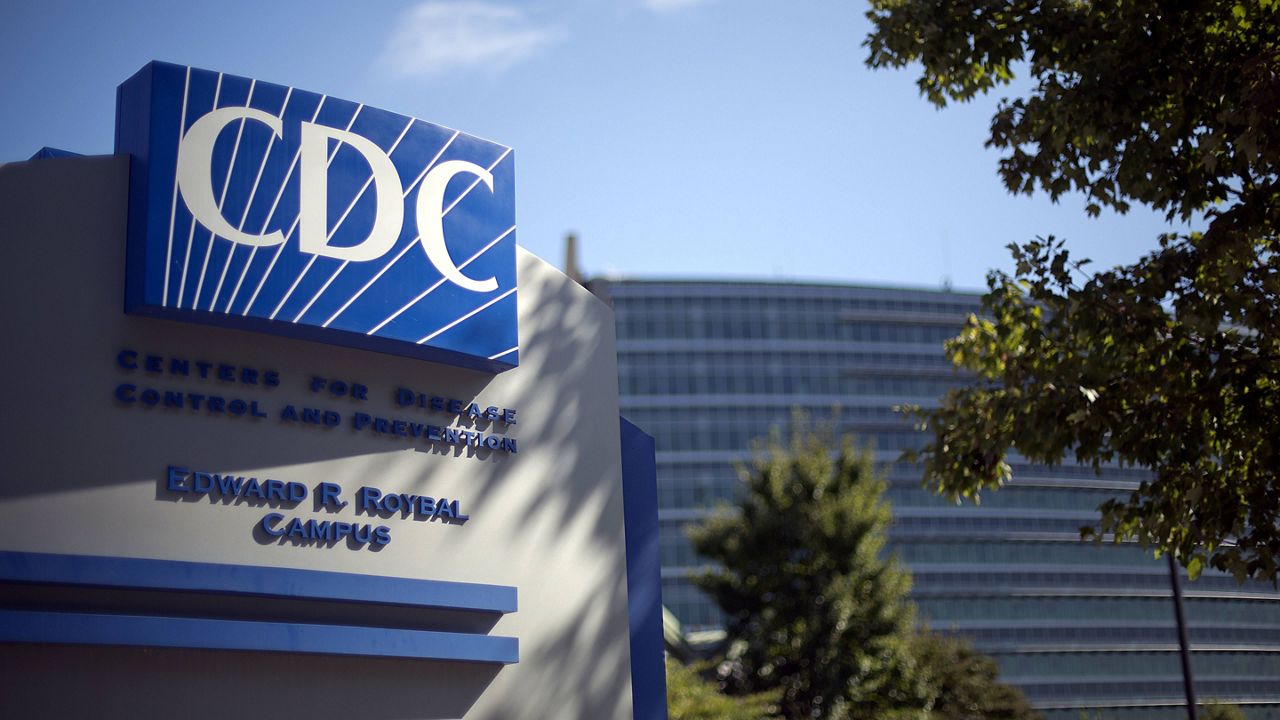While much of the United States has nearly returned to life as normal, Americans received a sobering reminder Thursday about the toll the COVID-19 pandemic has taken, as the country surpassed 1 million deaths from the virus, President Joe Biden said.
What You Need To Know
- The United States has surpassed 1 million deaths from COVID-19, President Joe Biden said Thursday
- One million lives lost — that’s roughly the population of San Jose, California, and far exceeds the number of deaths the U.S. suffered in World War I and every war since, combined
- And the true death toll might be even higher — the University of Washington’s Institute for Health Metrics and Evaluation estimates the number is actually 1,298,064 when unreported virus deaths are factored in
- More than half of the 1 million deaths have come in the past 12 months despite vaccines being available to all American adults in that time
In a statement, Biden called it a "tragic milestone."
“One million empty chairs around the dinner table,” he said. “Each an irreplaceable loss. Each leaving behind a family, a community, and a nation forever changed because of this pandemic. Jill and I pray for each of them.
“To those who are grieving, and asking yourself how will you go on without him or what will you do without her, I understand. I know the pain of that black hole in your heart. It is unrelenting. But I also know the ones you love are never truly gone. They will always be with you."
To honor the dead, Biden ordered American flags to be flown at half-staff at the White House, other federal buildings and grounds, and military sites.
As of Thursday afternoon, Johns Hopkins University's tally was just over 999,000 deaths. Other counts, including by the American Hospital Association, American Medical Association and American Nurses Association, had the number at a 1 million.
Even as the gravity of the new, mysterious virus became apparent two years ago and businesses and schools began to shut down, today’s death toll seemed unimaginable.
One million lives lost. That’s roughly the population of San Jose, California. It far exceeds the number of deaths the U.S. suffered in World War I and every war since — combined.
“It is a shocking number,” said Dr. Rob Amler, dean of the School of Health Sciences and Practice at New York Medical College and a former official at the Centers for Disease Control and Prevention.
And the true death toll might be even higher. The University of Washington’s Institute for Health Metrics and Evaluation, which analyzes COVID-19 data, estimates the number is actually 1,298,064 when unreported virus deaths are factored in.
There have been other victims of the pandemic who did not die directly from COVID-19. While there have been 6.2 million coronavirus deaths worldwide, according to Johns Hopkins University, the World Health Organization estimated last week that 14.9 million were killed either by COVID-19 or by its impact on overwhelmed health systems.
Whatever the real number is, it didn’t need to be this high, health experts say.
More than half of the 1 million deaths have come in the past 12 months despite vaccines being available to all American adults in that time. During last summer’s delta variant surge, as well as the winter’s omicron wave, hospital doctors reported that the vast majority of their COVID-19 patients were unvaccinated.
A CDC study released in January found that during the delta wave, unvaccinated people were 13 times more likely to die from COVID-19 than vaccinated people — and 53 times more likely to die than those who were vaccinated and boosted.
Two-thirds of all Americans today are fully vaccinated, but there has been stiff resistance to the shots in some areas of the country, particularly in red states. In July 2021, Surgeon General Dr. Vivek Murthy issued a health advisory saying that misinformation was playing a large role in preventing Americans from getting vaccinated.
“Some people made a decision not to get vaccinated, and sadly, they suffered the consequences of the wrong decision,” Amler said. “In my opinion, the right decision is to get vaccinated. We have an effective preventive measure. And if you don't take advantage of it, you could suffer the consequences.”
The vaccines — as well as monoclonal antibody and oral treatments — have undoubtedly saved countless lives and allowed the country to reach the point it is today: Schools and businesses are open again, Americans are gathering for sporting events, concerts and parties, and there are far fewer public mask requirements.
The U.S. is experienced another wave, but nothing like it saw over the winter. The country is averaging about 78,000 new cases a day, according to the CDC. COVID hospitalizations (about 15,500) and deaths (326 a day), meanwhile, are at some of their lowest points of the pandemic.
As recently as January, the U.S. was averaging more than 800,000 cases a day, while deaths topped 2,600 a day in February.
The U.S. has made so much progress that Dr. Dr. Anthony Fauci, the federal government’s top infectious disease expert, declared last month the country is no longer in a pandemic phase. The virus, however, remains enough of a concern that the Justice Department is appealing a federal judge’s ruling striking down the CDC’s mask order for air travel and public transportation.
“Today, we're doing well,” said Mark Cameron, an immunologist and associate professor at Case Western Reserve University School of Medicine in Cleveland. “ … We have to recognize when the U.S. is avoiding some of the surge potential that we've seen around the world right now.”
Cameron was referring to the omicron subvariants that now account for 99.8% of new infections in the U.S. Health experts say the subvariants are more contagious than the earlier omicron but no more likely to cause severe illness.
While the subvariants might prove to be a setback for the U.S., Cameron said he doesn’t expect it to cause another major wave in infections.
“I don't think you can start a new forest fire when you've already burned down most of the trees,” he said. “The omicron wave for the U.S. (last winter) was torrential.”
But Cameron stressed that does not mean the U.S. has achieved “herd immunity” — when a large percentage of a population has been infected by a virus, giving it little opportunity to spread further. Herd immunity, he said, does not apply to COVID-19 because the virus continues to evolve, sidestepping immunity.
For that reason, health experts say, it’s hard to predict what the future of the pandemic might look like — or how much higher today’s already astonishing death tally might go.
Amler said he sees three possible scenarios:
Another new variant will emerge, leading to another surge in cases.
COVID-19 will fades away, “perhaps to return another day, but it will fade out to the present time.”
It will stay endemic, “sort of a low-level continued burn, just like the embers after a large fire … that just go on and on and on for a long time.”
“The reality is, we don't know,” he said. “We don't know which way this is going to turn.”
The endemic scenario would likely call for regular booster shots, Amler added.
Cameron said Americans should be positive about the current state of the pandemic, but not complacent.
“We're doing OK,” he said. “But that doesn't mean you can let down your guard. Watch hotspots. Be aware in your community of what's happening. Be ready to put precautions back on whether you're told to or not, to protect yourselves and to act globally at this point, because that's the way we have to rid ourselves of this killer.”
Ryan Chatelain - Digital Media Producer
Ryan Chatelain is a national news digital content producer for Spectrum News and is based in New York City. He has previously covered both news and sports for WFAN Sports Radio, CBS New York, Newsday, amNewYork and The Courier in his home state of Louisiana.








